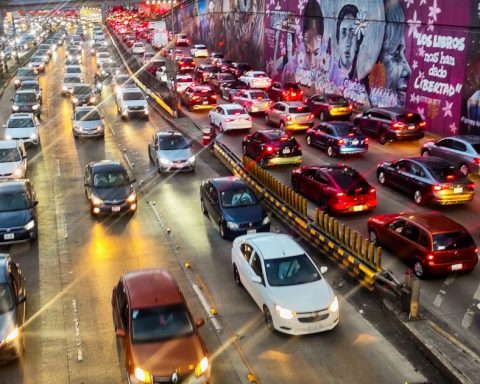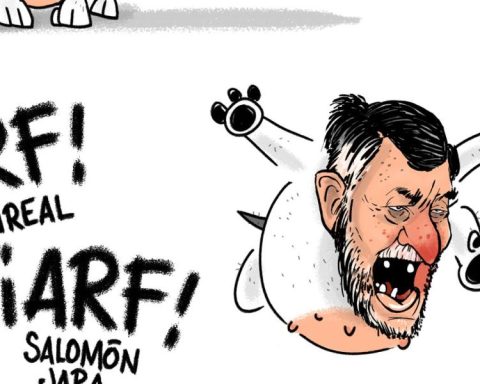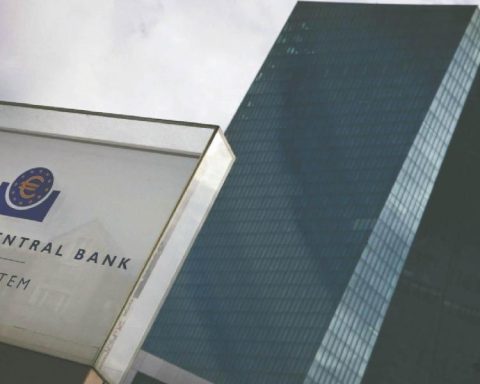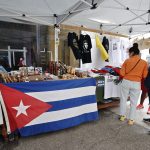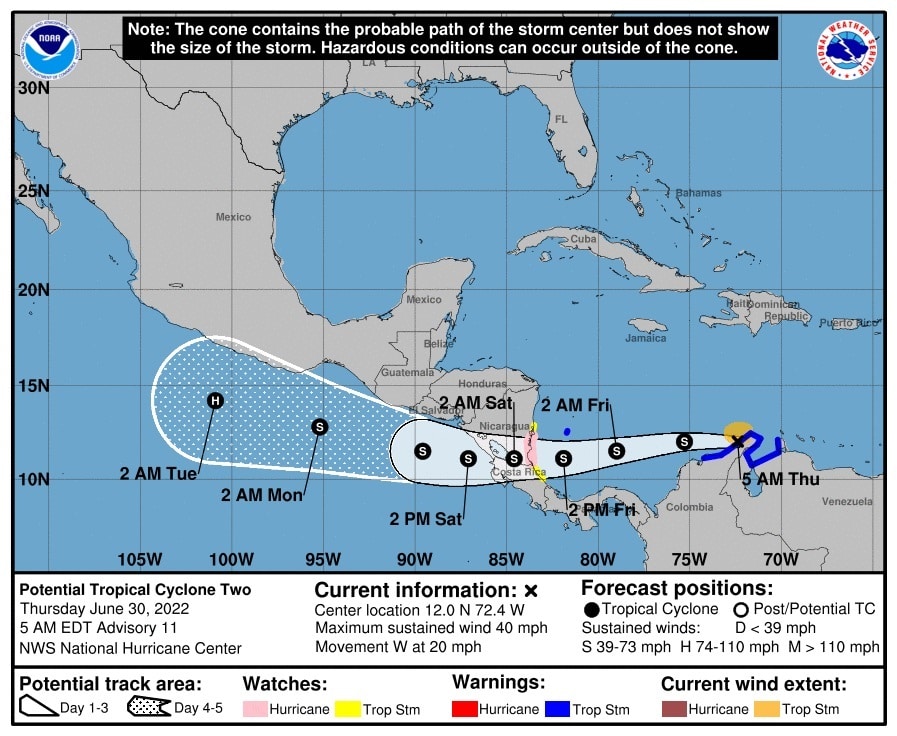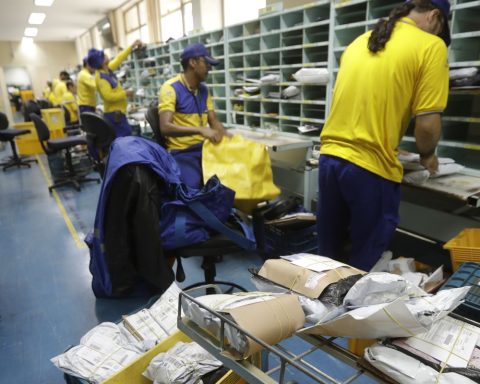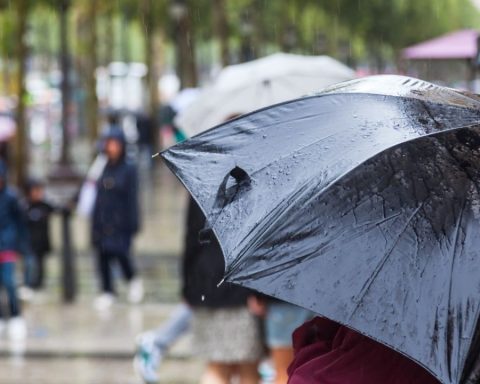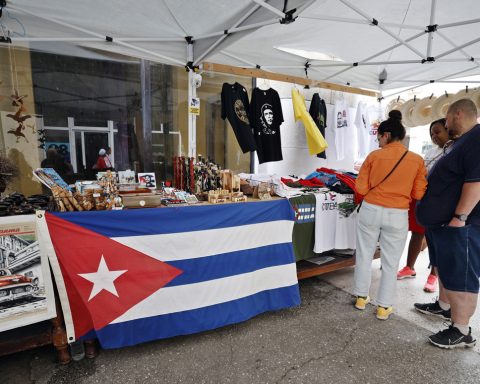“Even though a lot of resources have been invested in the National Guard, it is not an efficient police force. An example: the Federal Police, with a third of the elements that the National Guard has, made three times more arrests than those made by the National Guard, or if you want to see it another way, the National Guard, with three times the size of the Federal Police, it makes a third of the arrests that the previous police made”, explains Ricardo Márquez Blas, expert in public security and author of the study “Mexico: Security, Violence and Future in Crisis”.
On June 30, 2019, the National Guard began its deployment with 70,000 elements. The purpose of the nascent corporation would be to cover 266 regions with 150,000 troops. Today its operational force is 118,188, of which 92,403 are deployed throughout the country.
This deployment of elements has been questioned by security experts and civil society organizations, mainly because the sending of elements to the states does not address or is related to insecurity figures; that is, no more elements are sent to places with more violence.
In the first six months of the government of Andrés Manuel López Obrador, when the National Guard was not yet launched, the administration added 17,678 intentional homicides (on average 83 per day). In the 36 months of operation, this crime has averaged 100 deaths per day, which is why the “serious problem of insecurity and violence has yet to be resolved,” as the president said in his speech on the 30th of June.
“The National Guard will never have the number of elements that are needed to combat the insecurity that exists in the country. Being in the corner of each country, in each municipality is going to be impossible.
“To guarantee citizen security, we should be strengthening the state and municipal police, however, many governors have renounced that legal authority that they have in the General Law of the National Public Security System,” explains Genaro Ahumada, a researcher at Common cause.

